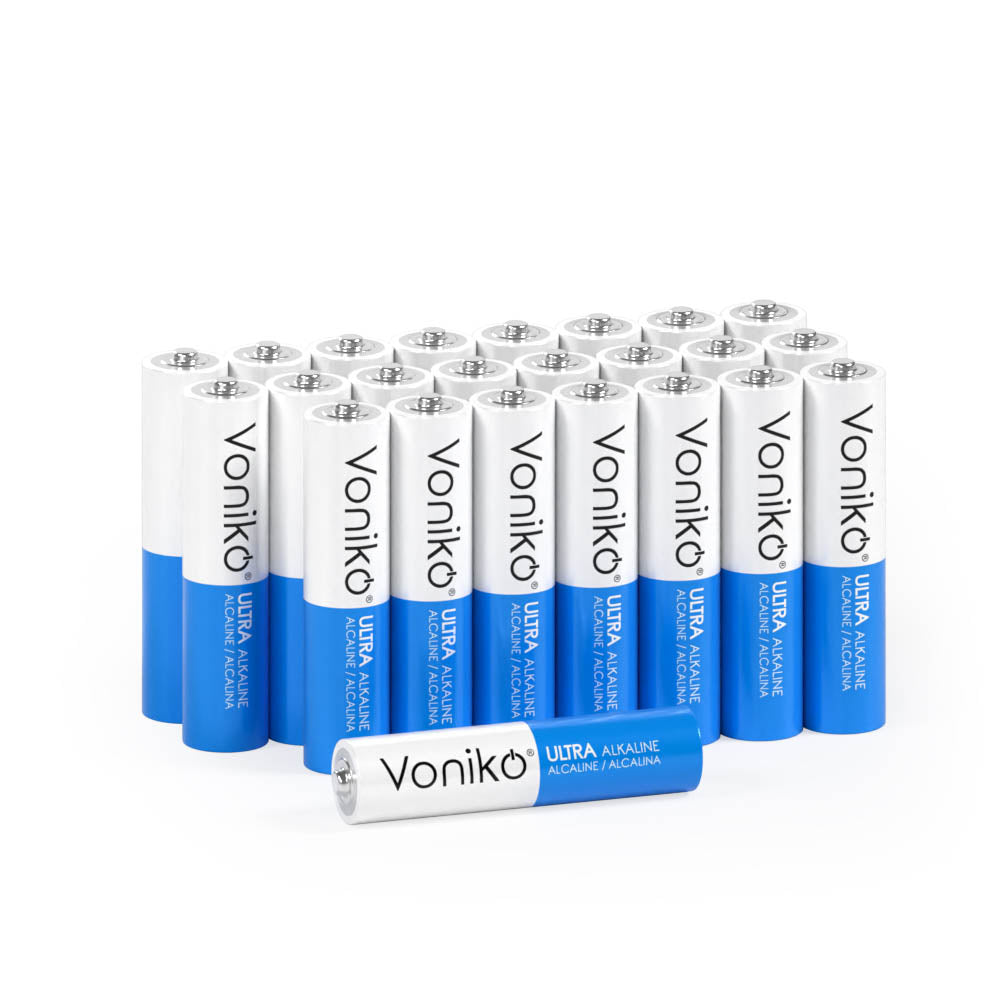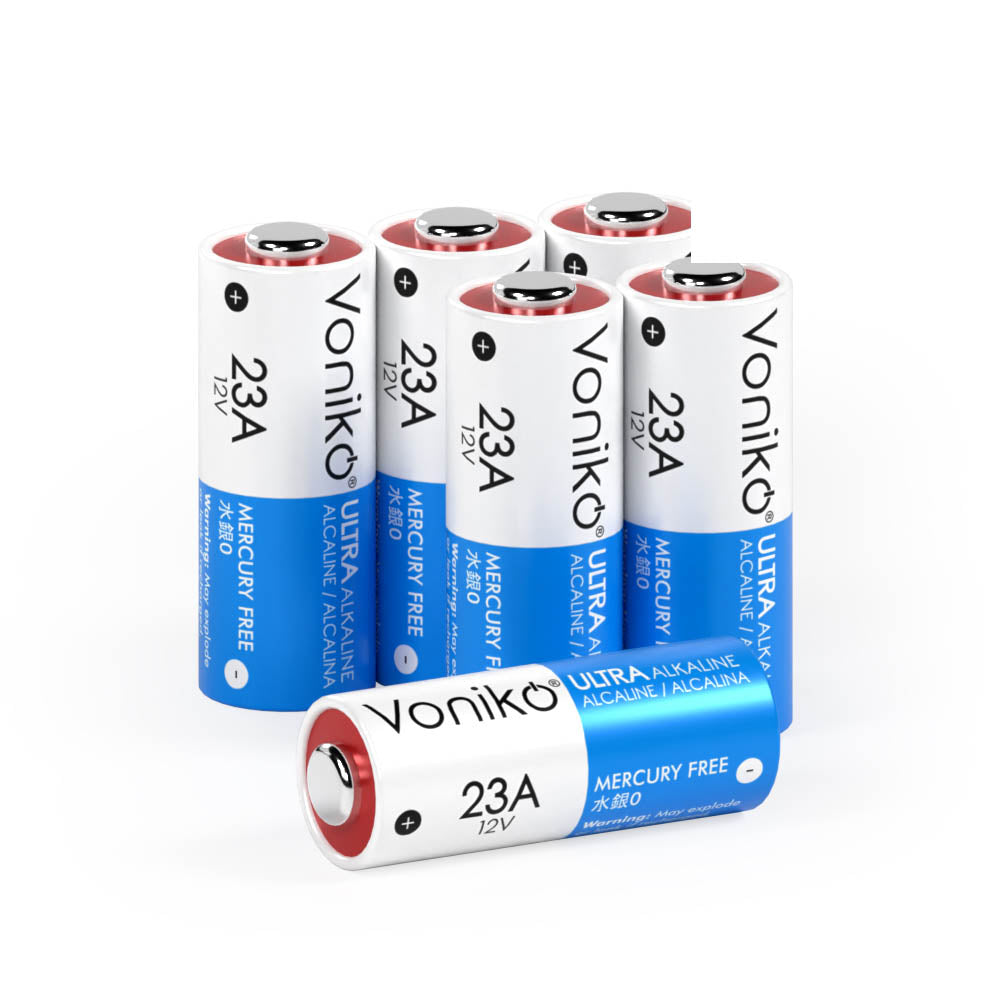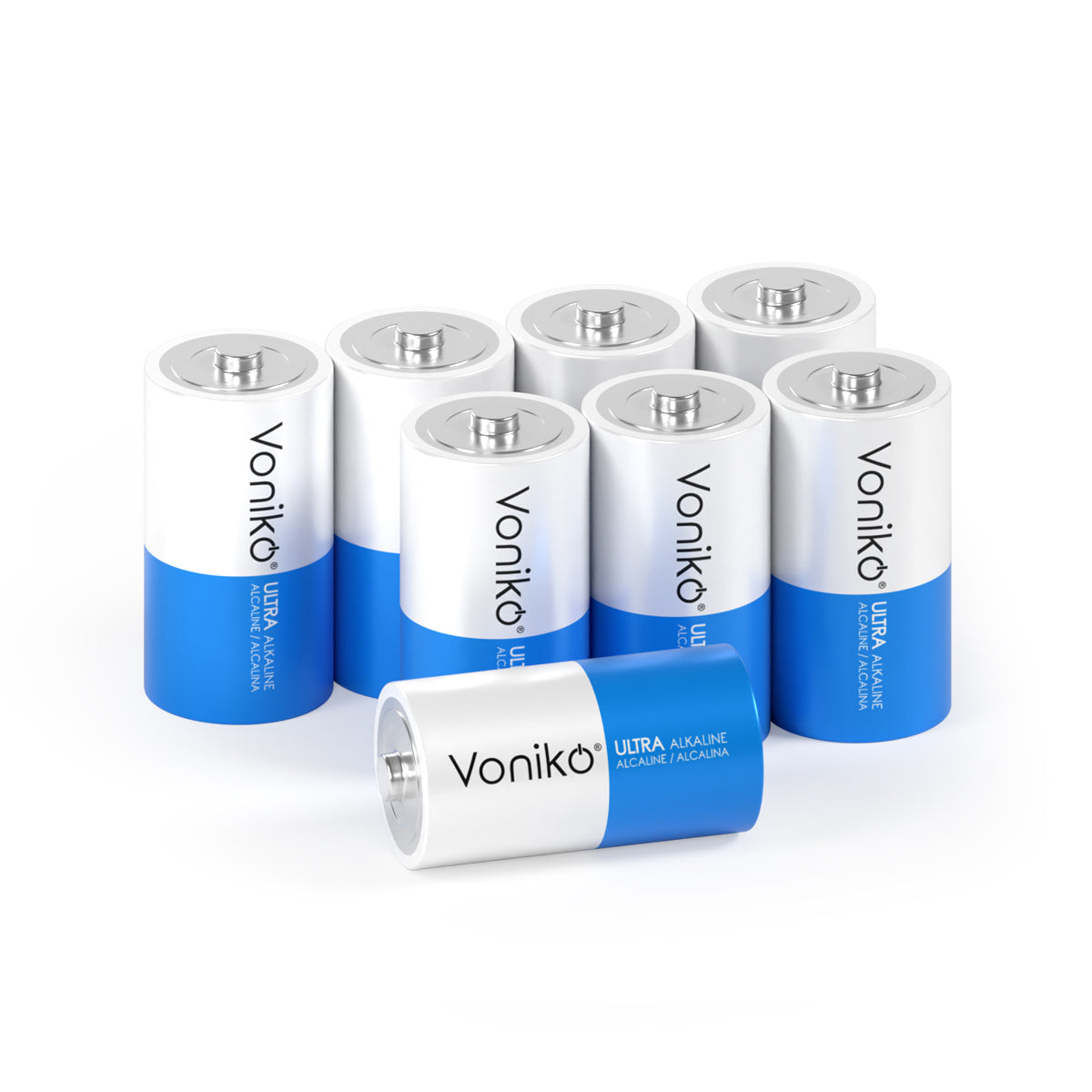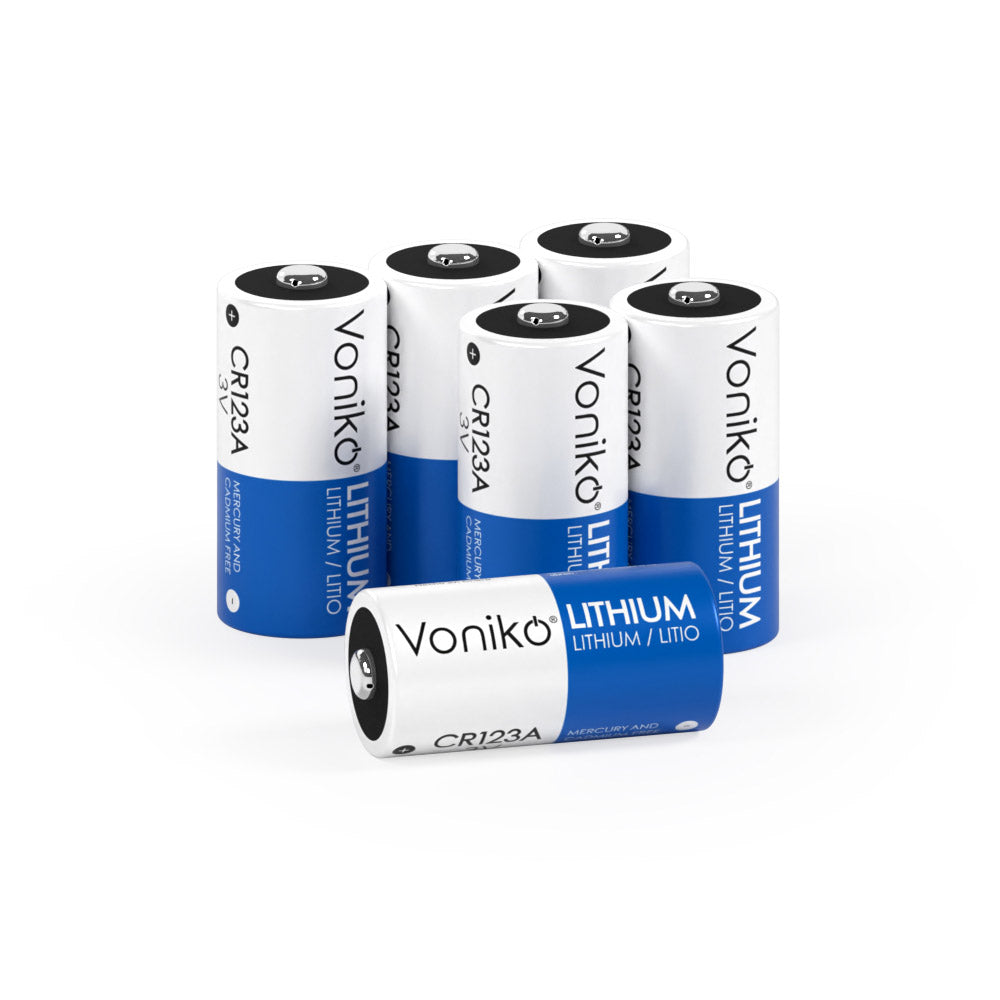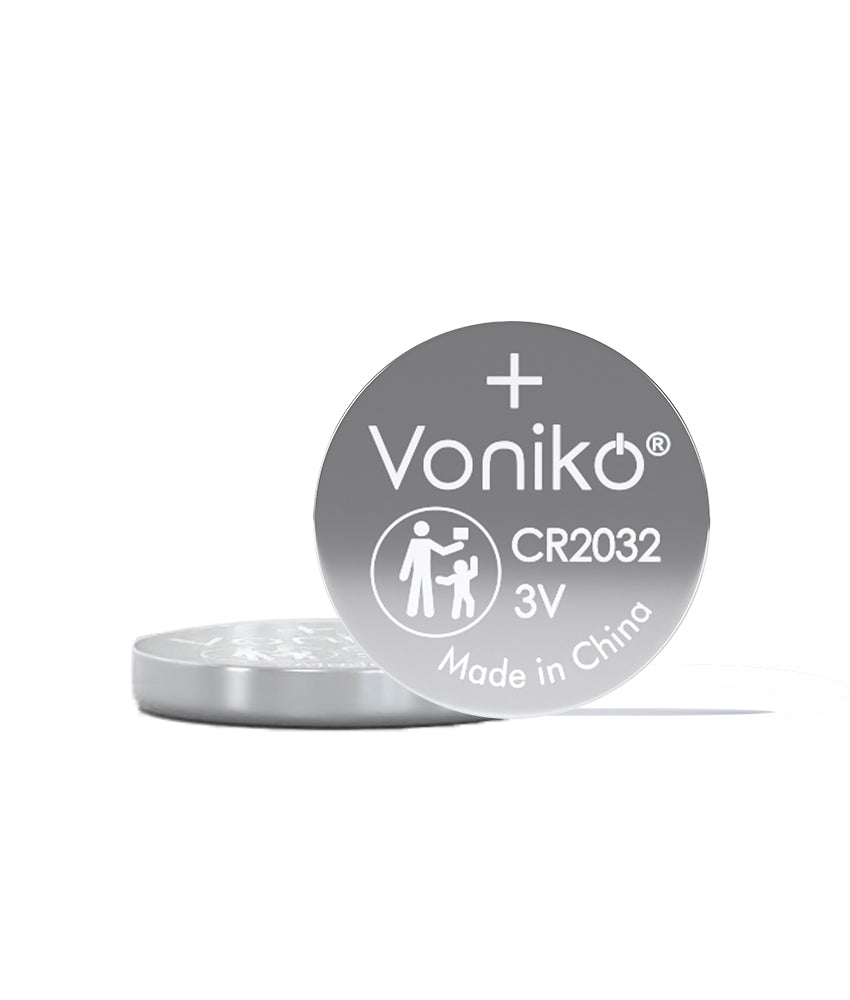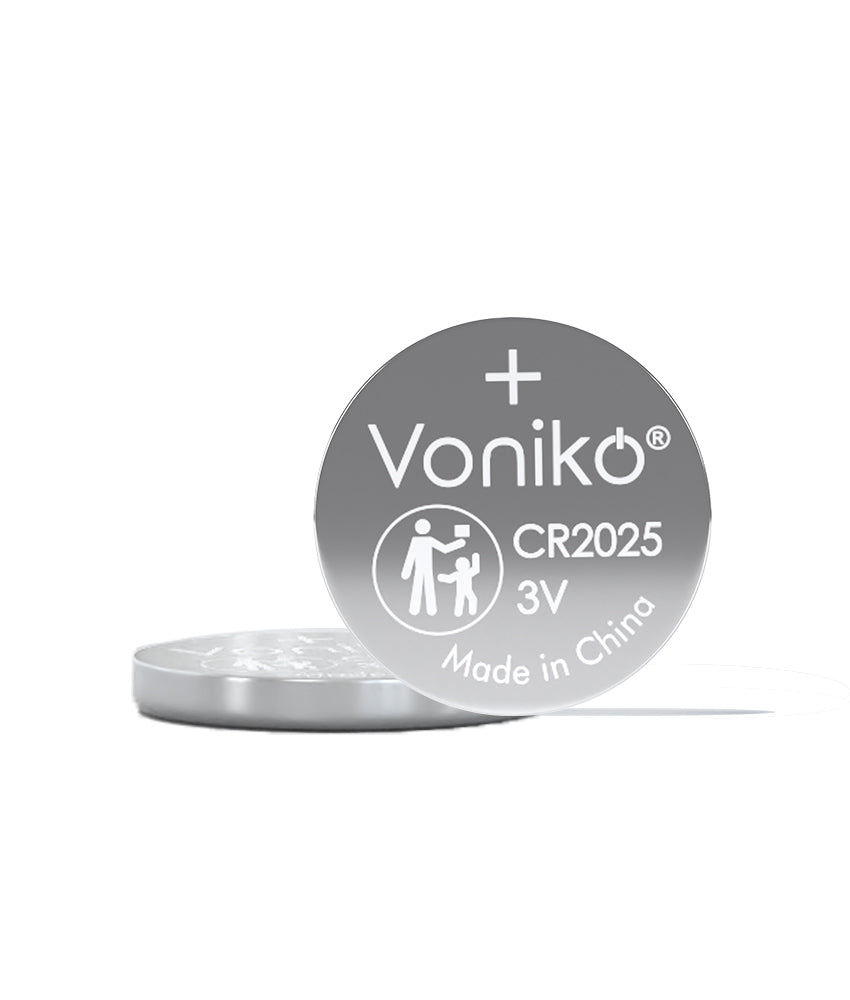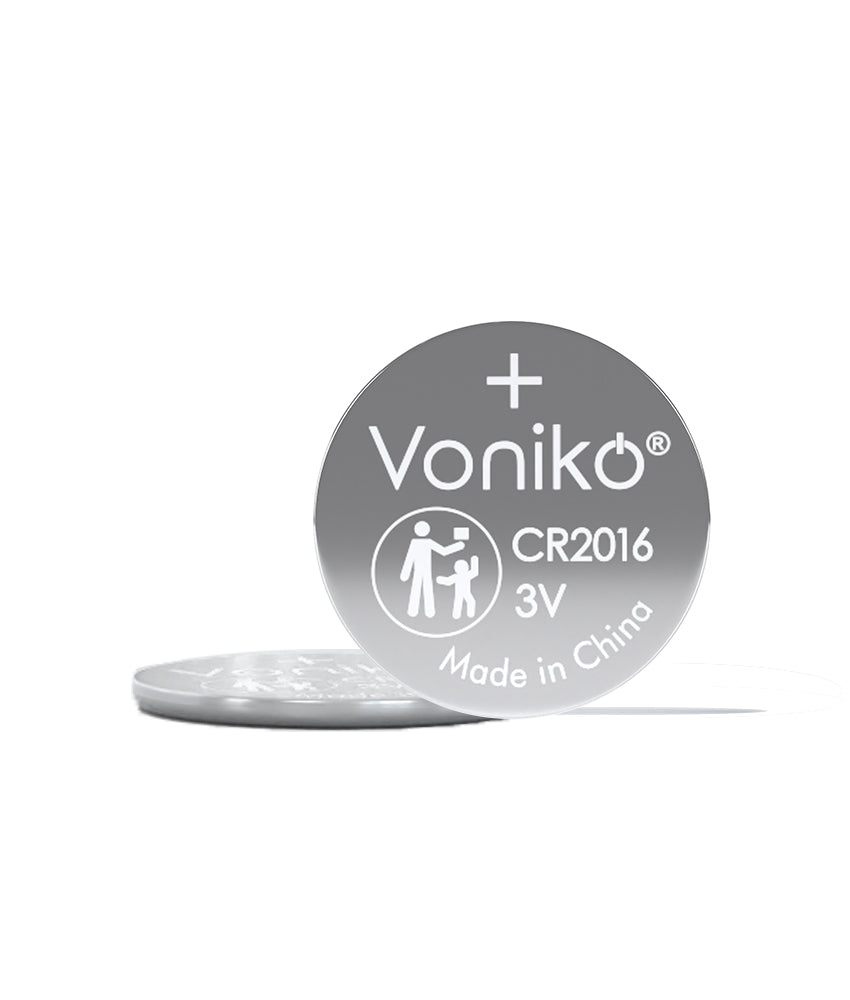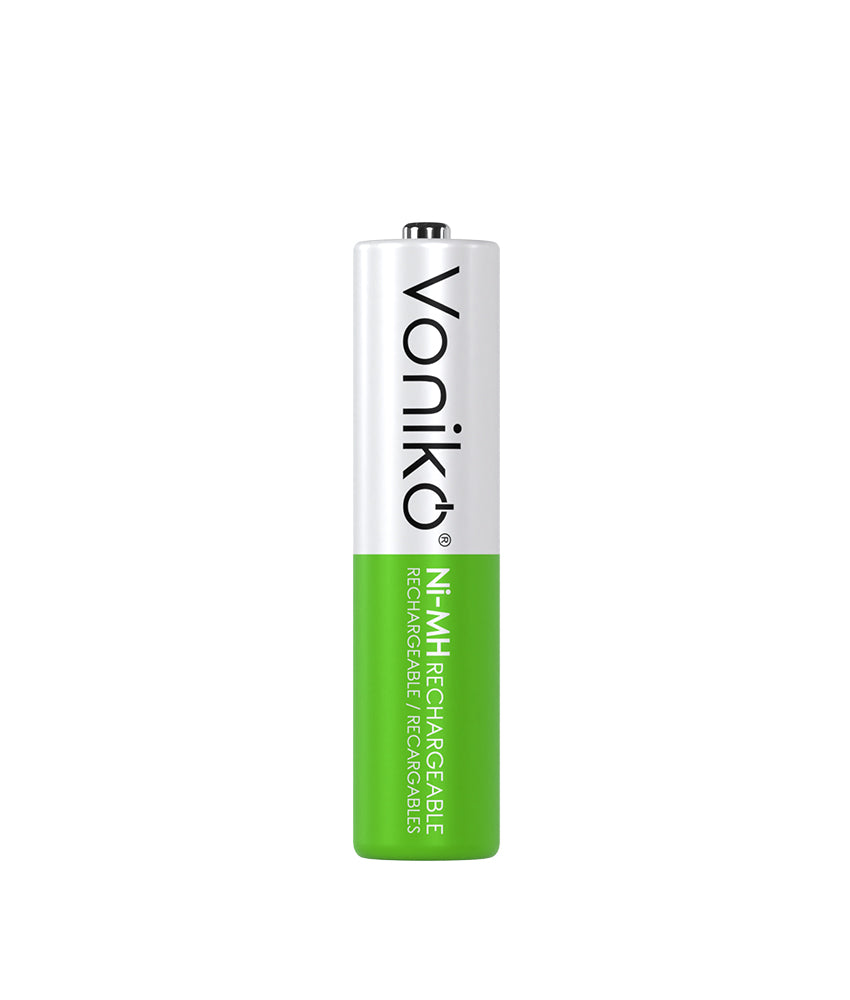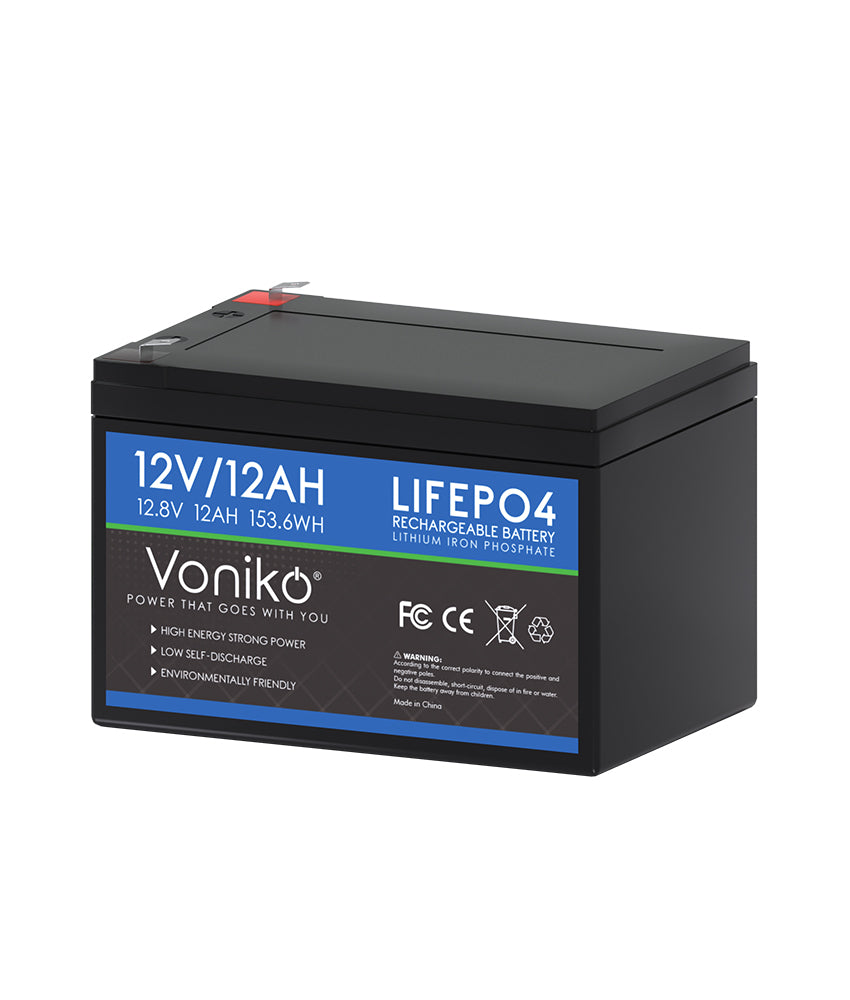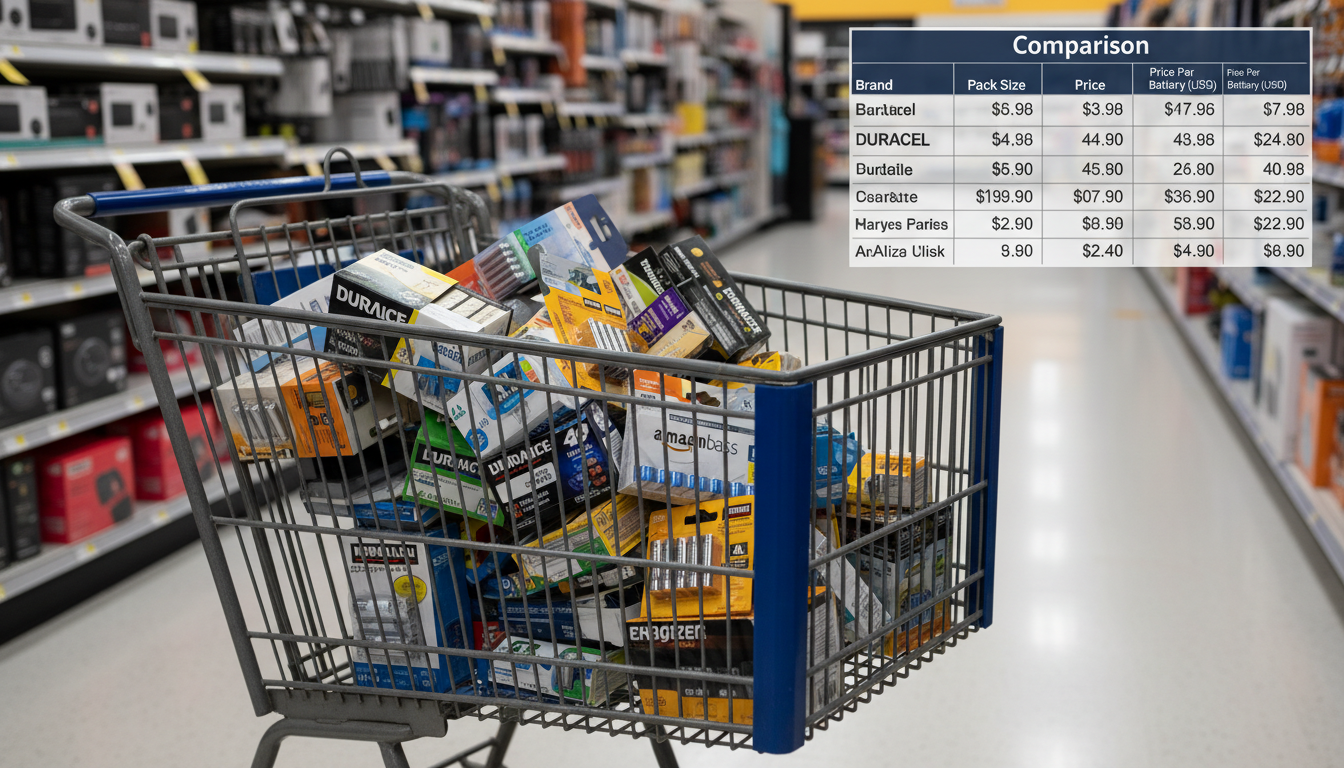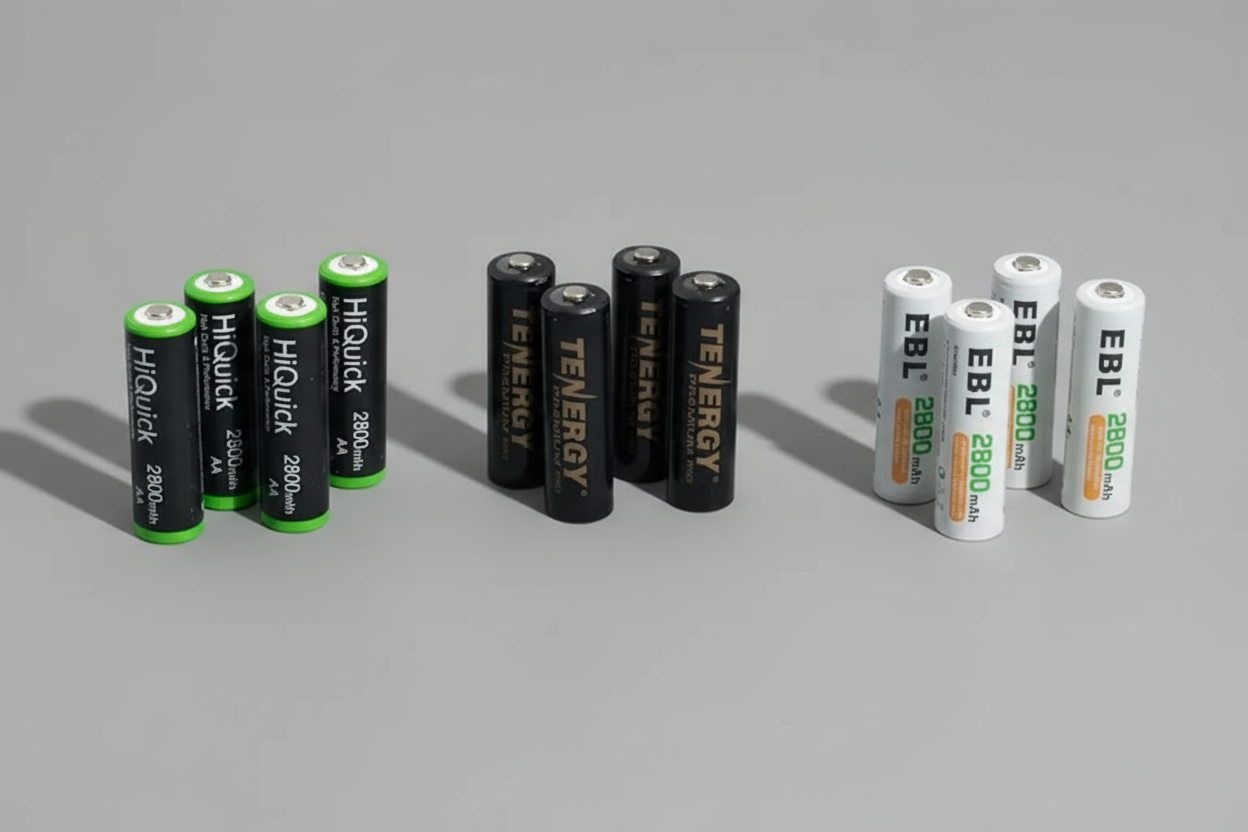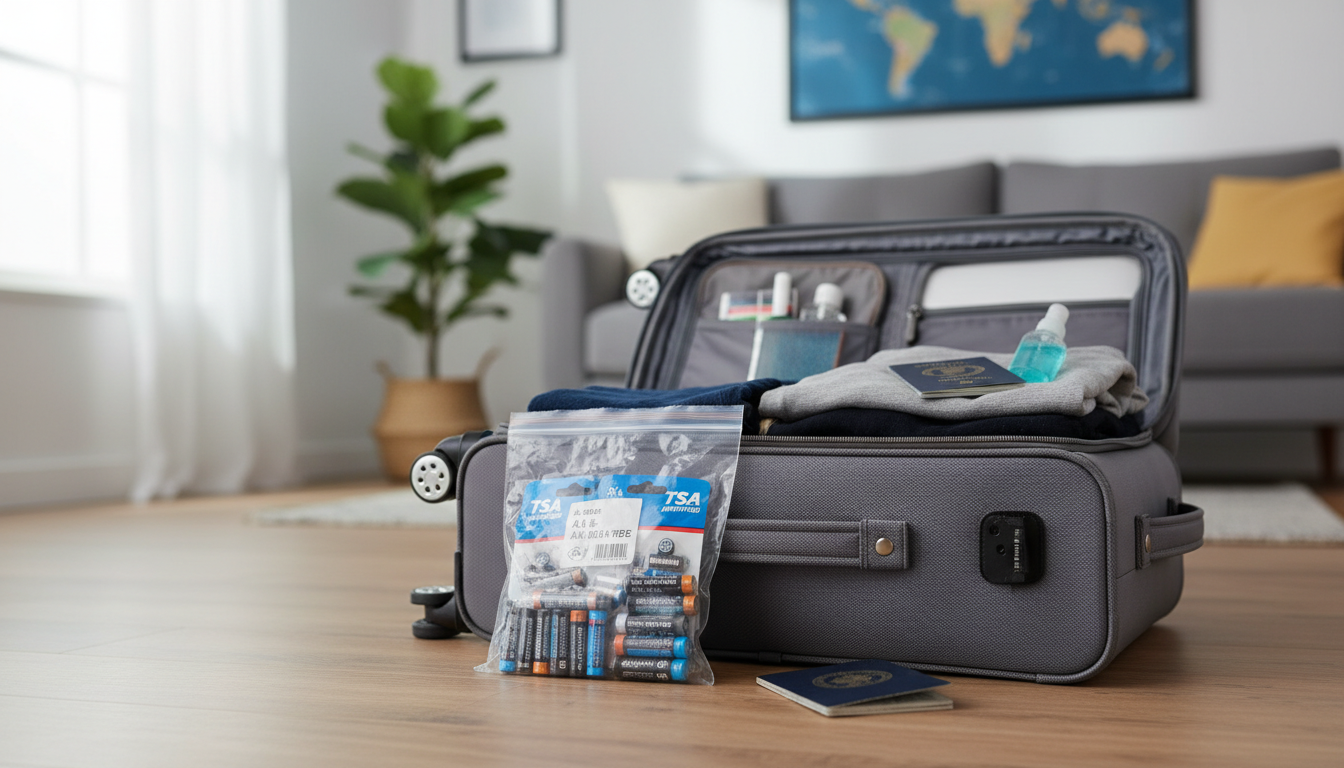
If you've ever wondered whether you can take alkaline batteries on a plane, you're not alone. We get it – packing for a trip can feel like a guessing game, especially when it comes to batteries. The good news? Alkaline batteries like AA, AAA, C, D, button cell, and 9-volt are allowed on planes. Whether you're bringing batteries for your camera, flashlight, or kids' toys, understanding the rules will help you breeze through airport security without a hitch.
Air travel regulations can seem confusing, but when it comes to common household alkaline batteries, the rules are pretty straightforward. Both the Transportation Security Administration (TSA) and Federal Aviation Administration (FAA) have clear guidelines that make traveling with these everyday power sources hassle-free. We've broken down everything you need to know about flying with alkaline batteries, so you can pack smart and travel with confidence.
Dry Batteries (AA, AAA, C, and D)

Alkaline batteries are classified as typical non-lithium dry batteries in the most common sizes: AA, AAA, C, D, button cell, and 9-volt. These are the batteries you probably have lying around your house – the ones that power your TV remote, wall clock, or portable radio. Dry cell alkaline batteries like AA, AAA, C, D and 9-volt are permitted, as are rechargeable nickel metal hydride (NiMH) and nickel-cadmium (NiCad) batteries.
The great thing about alkaline batteries is that they're super common and easy to pack. You'll find them in everything from flashlights to wireless keyboards. Unlike their lithium-ion cousins, alkaline batteries don't have strict watt-hour limitations or quantity restrictions for personal use. AA, AAA, C, and D batteries, and also rechargeable dry batteries are allowed in carry on luggage and checked luggage, with no listed limits.
When you're shopping for batteries before your trip, brands like Voniko Batteries offer reliable alkaline options that are perfect for travel. Quality batteries mean your devices keep working throughout your trip, whether you're on a weekend getaway or a month-long adventure.
Are Alkaline Batteries Allowed in Carry-On Bags?
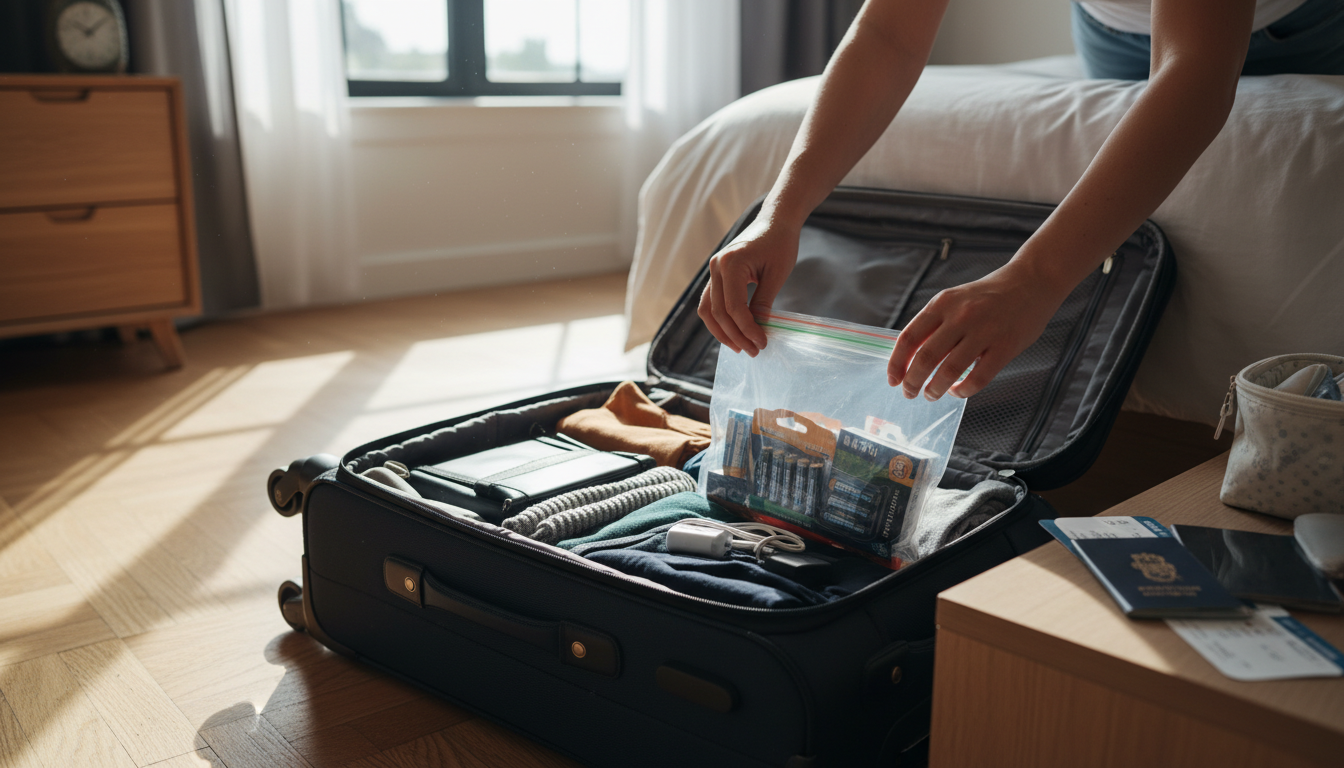
Yes! Most common battery types like alkaline, NiMH and NiCad are allowed in both carry-on and checked bags, as long as they are properly protected from damage and short circuits. This means you can keep your spare batteries in your backpack, purse, or carry-on suitcase without any issues.
There's no limit to how many alkaline batteries you can bring in your carry-on for personal use. Whether you need a couple of AAs for your camera or a dozen batteries for various devices, you're good to go. Just remember that if you're bringing batteries for resale or distribution (like vendor samples), those aren't allowed.
The TSA doesn't require you to remove alkaline batteries from your bag during security screening. They can stay tucked inside your devices or packed with your other belongings. This makes getting through security faster and less stressful – nobody wants to be that person holding up the line!
Can You Pack Alkaline Batteries in Checked Luggage?

Absolutely! You can bring AA, AAA, C, and D batteries in your carry-on luggage or your checked luggage. This flexibility is one of the perks of traveling with alkaline batteries instead of lithium-ion batteries, which have more restrictions.
Dry Cell Alkaline Batteries including typical AA, AAA, C, D, 9-volt, and button-sized cells are allowed in carry-on baggage in equipment or spares as well as in checked baggage. Whether you pack them in the suitcase you're checking or the bag you're taking on board, you're following the rules.
That said, we recommend keeping your batteries in your carry-on when possible. If your checked bag gets lost or delayed, you don't want to be stuck without power for your essential devices. Plus, having batteries easily accessible means you can swap them out during your flight if needed.
How to Protect Batteries from Damage and Short Circuits
Batteries must be protected from damage, and battery terminals must be protected from short circuit so the terminals don't come in contact with other metal. This is the main safety requirement you need to follow when traveling with alkaline batteries.
So what does "protecting from short circuits" actually mean? Methods include: leaving the batteries in their retail packaging, covering battery terminals with non-metallic tape, using a battery case, using a battery sleeve/pocket in a camera bag, or putting them snugly in a plastic bag or protective pouch.
Here's a quick checklist for packing your alkaline batteries safely:
Safe Packing Methods:
- Keep batteries in their original packaging whenever possible
- Use a dedicated battery case or organizer
- Place individual batteries in small plastic bags
- Cover the terminals with non-metallic tape (like electrical tape)
- Store batteries in a padded pouch or camera bag sleeve
- Avoid tossing loose batteries in a bag with keys, coins, or other metal objects
When batteries come into contact with metal objects like keys or coins, it can create a short circuit. This can cause the battery to heat up, potentially creating sparks or even starting a fire. Taking a few seconds to properly pack your batteries isn't just about following rules – it's about keeping everyone safe.
TSA Battery Rules and FAA Regulations
To prevent inflight danger, many common items are restricted by the Transportation Security Administration (TSA) and Federal Aviation Administration (FAA). The good news is that alkaline batteries face minimal restrictions compared to other battery types.
Dry Cell Alkaline, nickel metal hydride, and nickel cadmium batteries in the most common sizes (AA, AAA, C, D, button cell, 9-volt) have no quantity limits. This means you don't need to count how many batteries you're bringing or worry about exceeding a limit, as long as they're for personal use.
The FAA's main concern with batteries is fire safety. While lithium-ion batteries can experience something called "thermal runaway" (a dangerous chain reaction that causes overheating), alkaline batteries are much more stable. That's why they're allowed in both carry-on and checked bags without the same strict limitations.
If you want to double-check any item before you fly, the TSA has a helpful "What Can I Bring?" tool on their website. You can search for specific battery types and get instant answers about what's allowed.
FAA Rules for Carrying Batteries on Flights
Common batteries such as alkaline, NiMH, and NiCad are typically permitted in both carry-on and checked luggage and are often found in everyday devices like toys, cameras, and clocks. The FAA's PackSafe program provides detailed guidance for travelers to help everyone understand what's safe to bring aboard.
Unlike lithium-ion batteries that require watt-hour calculations and airline approvals for larger sizes, alkaline batteries are much simpler. Aside from large lithium batteries and non-spillable wet batteries, there are no quantity limits for bringing batteries as long as they are for personal use.
One thing to remember: If you are bringing batteries for further sale or distribution (e.g., vendor samples), those are prohibited. The FAA wants to make sure that passengers are only bringing batteries they'll actually use during their trip, not transporting commercial quantities.
For travelers who rely on battery-powered devices – whether it's a CPAP machine, hearing aids, or Blink cameras – having quality alkaline batteries on hand can make all the difference. Voniko offers dependable alkaline batteries that meet all FAA requirements for air travel.
Different Types of Batteries: What's Allowed and What's Not
Not all batteries are created equal when it comes to air travel. Let's break down the different types:
Alkaline Batteries (AA, AAA, C, D, 9V): Allowed in both carry-on and checked bags with no quantity limits. These are your standard household batteries.
Rechargeable Dry Batteries (NiMH, NiCad): Dry cell alkaline batteries like AA, AAA, C, D and 9-volt are permitted, as are rechargeable nickel metal hydride (NiMH) and nickel-cadmium (NiCad) batteries. Same rules as alkaline batteries.
Lithium-Ion Batteries: These are where things get tricky. Lithium-ion batteries are allowed in carry-on based on watt hours (Wh) – batteries 0-100 Wh are allowed on passenger aircraft, 101-160 Wh require air carrier approval, and batteries exceeding 160 Wh are forbidden. Spare lithium-ion batteries must go in carry-on only.
Power Banks: Battery packs are not allowed in checked bags because loose lithium batteries in checked bags pose a greater fire risk if they are damaged, so they need to be kept in the cabin where the crew can respond quickly in the event of an incident.
The key difference is that alkaline batteries are much more forgiving. You don't need to calculate watt-hours, get airline approval, or worry about whether they're spare or installed in a device. Just pack them safely and you're good to go.
Tips for Traveling with Batteries
Here are some practical tips we've learned from frequent travelers:
Buy fresh batteries before your trip. Alkaline batteries have a long shelf life and can maintain their charge for years when stored properly, making them a reliable choice for travel. Starting with new batteries means you won't run out of power mid-trip.
Organize by device. Keep batteries for specific devices together. Label small bags or cases so you know which batteries go where. This is especially helpful if you're bringing different sizes.
Check your devices before packing. Make sure everything that needs batteries actually works before you leave home. The last thing you want is to discover your flashlight is broken when you're already at your destination.
Consider rechargeable options. Nickel-metal hydride (NiMH) batteries can be recharged hundreds of times, providing a more environmentally-friendly alternative to single-use alkaline batteries for frequent travelers. Just remember to bring a charger!
Pack extras. Batteries are often more expensive at airports and tourist destinations. Bringing a few extra sets from home can save you money and hassle.
Remove batteries from checked devices. Please remove batteries from devices in your checked bags and put them in your carry-on in separate plastic bags. While alkaline batteries are allowed in checked bags, some airlines recommend removing them as a precaution.
What Happens If You Don't Follow Battery Rules?
While alkaline batteries are low-risk, it's still smart to follow the guidelines. If TSA screeners find batteries that aren't properly protected, they might:
- Ask you to repack them properly
- Confiscate batteries that pose a safety risk
- Delay your screening process
In extreme cases with dangerous batteries (not typically alkaline), you could face fines or be denied boarding. But honestly, if you're just bringing regular alkaline batteries and you've protected them from short circuits, you shouldn't have any issues at all.
The TSA's main goal is keeping everyone safe. If a screener needs to check your batteries, cooperate and be patient. They're just doing their job to make sure all passengers have a safe flight.
International Travel Considerations
While this article focuses on TSA and FAA rules for flights within or departing from the United States, keep in mind that other countries may have different regulations. New Zealand has stricter regulations on carrying batteries than other countries – loose or spare batteries of any kind are not permitted in checked baggage and a maximum of twenty per passenger are allowed in hand luggage which must be in their original packaging or have terminal covers fitted or tape over their terminals to prevent shorting.
Before international trips, check the aviation authority regulations for your destination country. The International Air Transport Association (IATA) provides general guidelines, but individual countries can impose their own restrictions.
For most travelers going to common destinations in Europe, Asia, or Latin America, the rules for alkaline batteries are similar to US regulations. But it never hurts to verify, especially if you're bringing large quantities of batteries.
Frequently Asked Questions
Can I bring 100 AA batteries on a plane for personal use?
Yes! TSA allows dry batteries in carry on luggage and checked luggage and doesn't list any kind of limits, so theoretically you can pack as many as you want. Just make sure they're protected from short circuits and are genuinely for personal use, not for resale.
Do alkaline batteries need to be in original packaging when flying?
No, they don't have to be in original packaging, but it's one of the best ways to protect them. Methods for protecting batteries include: leaving the batteries in their retail packaging, covering battery terminals with non-metallic tape, using a battery case, using a battery sleeve/pocket in a camera bag, or putting them snugly in a plastic bag or protective pouch. Choose whichever method works best for you.
Are rechargeable AA batteries allowed on planes?
Yes! Dry cell alkaline batteries like AA, AAA, C, D and 9-volt are permitted, as are rechargeable nickel metal hydride (NiMH) and nickel-cadmium (NiCad) batteries. Rechargeable alkaline and NiMH batteries follow the same rules as regular alkaline batteries.
What's the difference between alkaline batteries and lithium batteries for air travel?
Alkaline batteries have almost no restrictions – they're allowed in both carry-on and checked bags with no quantity limits. Lithium-ion batteries have watt-hour limits, must be in carry-on only if they're spare batteries, and may require airline approval if they're large. Alkaline batteries are much simpler to travel with.
Will TSA make me remove batteries from my carry-on during security screening?
No, you don't need to remove alkaline batteries from your carry-on during screening. Unlike laptops and liquids, batteries can stay inside your bag as it goes through the X-ray machine. If something looks unusual on the X-ray, TSA might ask to inspect your bag, but this is rare with properly packed alkaline batteries. Traveling with alkaline batteries doesn't have to be stressful. Whether you're packing AAs for your kids' toys, Cs for your flashlight, or 9-volts for your smoke detector, you can bring them on the plane without worry. Just remember to protect them from damage and short circuits, and you'll sail through security. For all your battery needs before your next trip, check out the quality options at Voniko Batteries – because the last thing you want on vacation is dead batteries!

